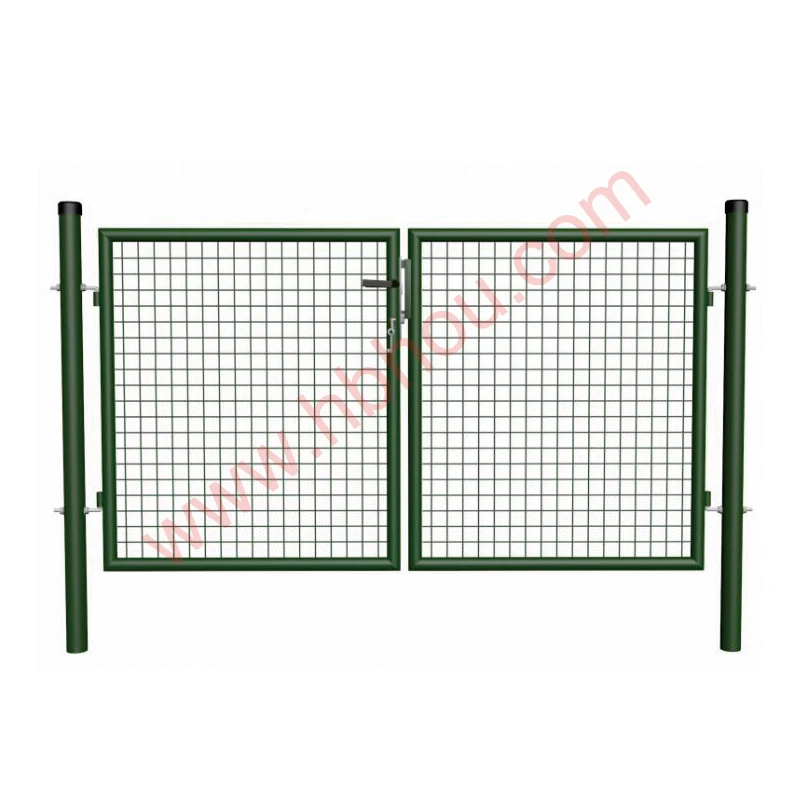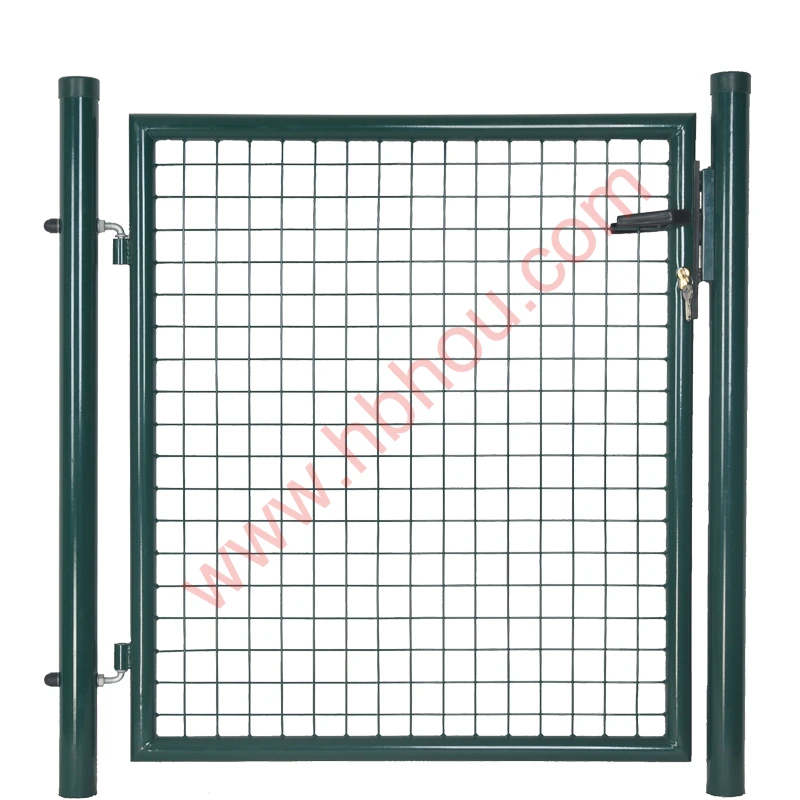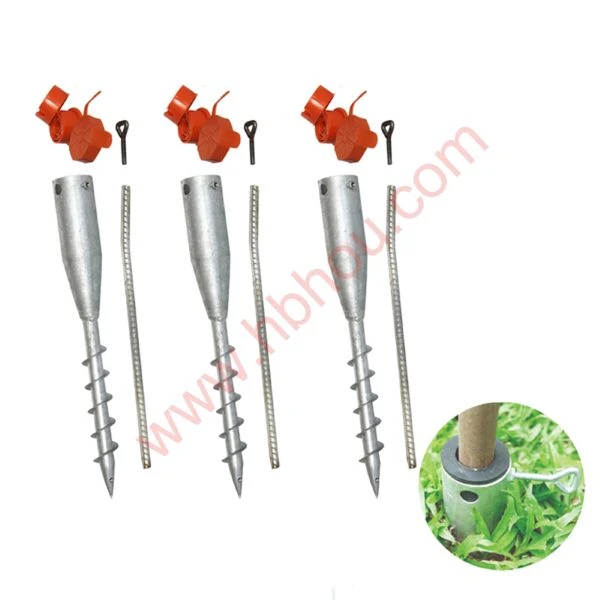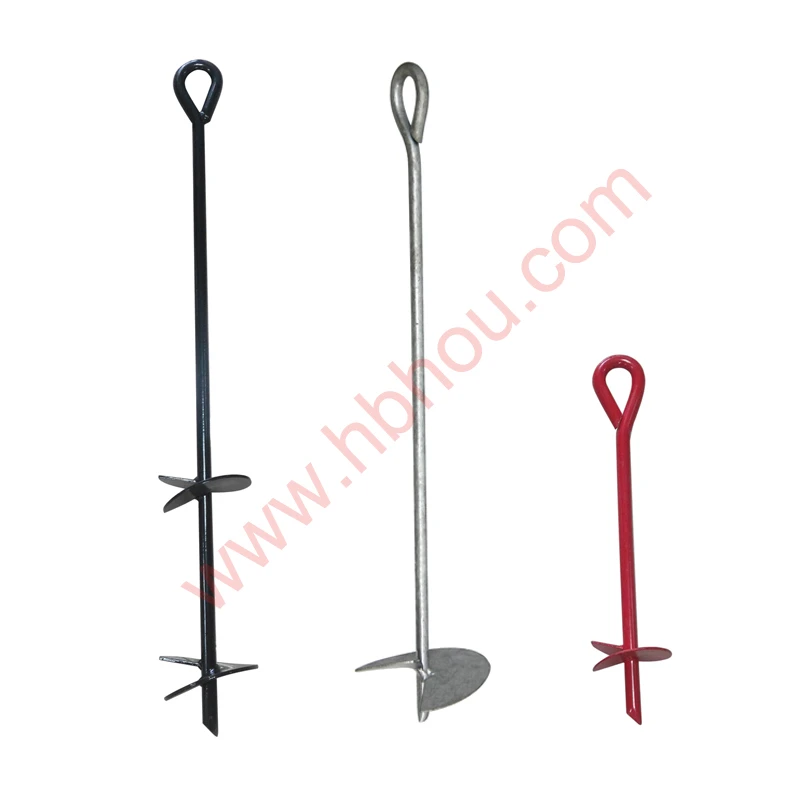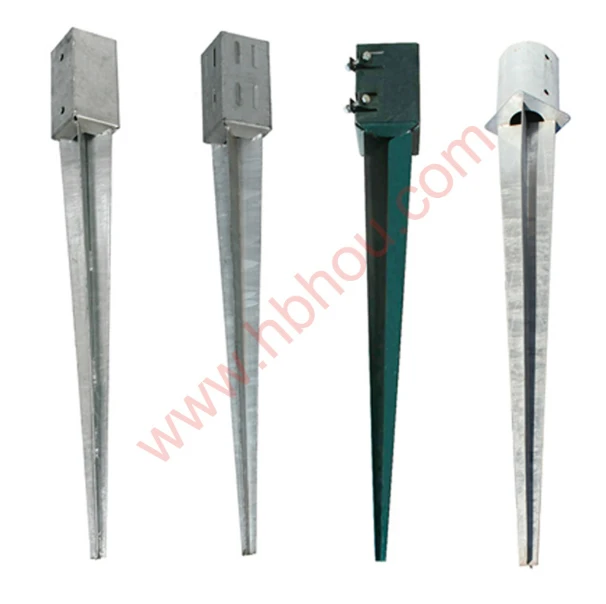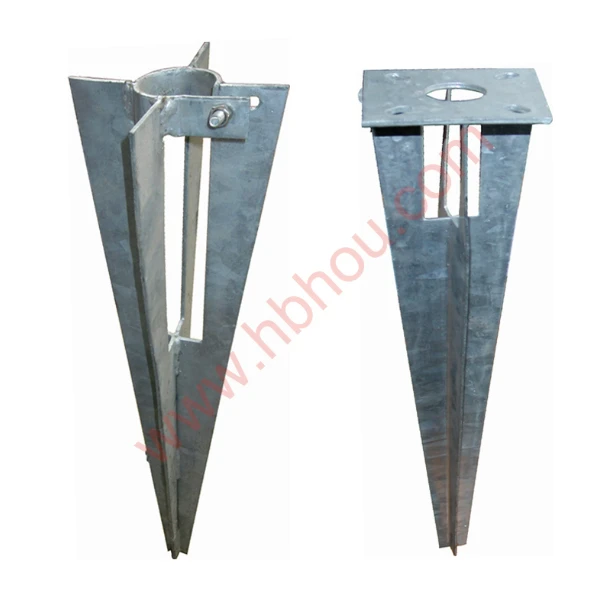Understanding U-Posts vs T-Posts A Comprehensive Guide
When it comes to fencing and various construction applications, the choice of post plays a significant role in stability, durability, and overall performance. Two of the most commonly used types of posts are the U-post and T-post. Each design has its unique characteristics, benefits, and ideal uses. In this article, we aim to explore the differences between U-posts and T-posts, helping you make an informed decision for your next project.
What Are U-Posts?
U-posts, also known as U-channel posts, are made from a long, vertical piece of steel that has a U shape when viewed in cross-section. This design provides a higher level of strength and stability compared to traditional flat posts. U-posts are typically used in a variety of applications, including fencing, sign mounting, and structural support. They are often seen in agricultural settings for livestock fencing or in residential areas as a boundary for property.
The open shape of a U-post allows for easier insertion into the ground, and their inherent strength makes them resistant to bending and warping over time. This makes U-posts an excellent choice for projects requiring durability and longevity, especially in challenging weather conditions or when dealing with heavy loads.
What Are T-Posts?
T-posts, or T-shaped posts, feature a design that resembles the letter T. They are usually made of lightweight steel, making them easy to transport and install. T-posts offer good stability and are often used in agricultural settings, such as fencing for cattle or crops. One primary advantage of T-posts is their affordability and widespread availability, making them a popular choice for farmers and homeowners alike.
The T-shape allows for decent resistance against lateral forces, but they tend to be less robust than U-posts when it comes to holding up under significant weight or extreme conditions. Considering their cost-effectiveness, T-posts might be the better option for temporary fencing or situations where budget constraints are a significant factor.
Pros and Cons of U-Posts vs
. T-Postsu post vs t post

U-Posts - Pros - Greater stability and strength due to their U-shape. - Ideal for heavy-duty applications. - Resistant to bending and warping. - Suitable for a wide variety of uses.
- Cons - Generally more expensive than T-posts. - Heavier and might require more effort for installation.
T-Posts - Pros - Lightweight and easy to install. - More affordable than U-posts. - Adequate stability for light to moderate applications.
- Cons - Less durable under heavy loads. - May not perform well in extreme weather conditions.
Choosing the Right Post for Your Project
When deciding between U-posts and T-posts, consider the specific needs of your project. If you require a long-lasting, heavy-duty solution for permanent fencing or support structures, U-posts may be the best choice. Their strength and resistance to wear make them well-suited for rigorous applications.
On the other hand, if you are working on a budget or need a lightweight solution for temporary fencing, T-posts could be the way to go. They are easy to handle and install, making them a practical option for many agricultural or residential projects.
Conclusion
In conclusion, the choice between U-posts and T-posts ultimately boils down to your specific project requirements, budget, and desired durability. Understanding the distinctions between these two types of posts will empower you to make an informed decision, ensuring that your fencing or construction project meets your needs effectively. Whether you choose the robust U-post or the economical T-post, both serve essential roles in the world of fencing and construction.









